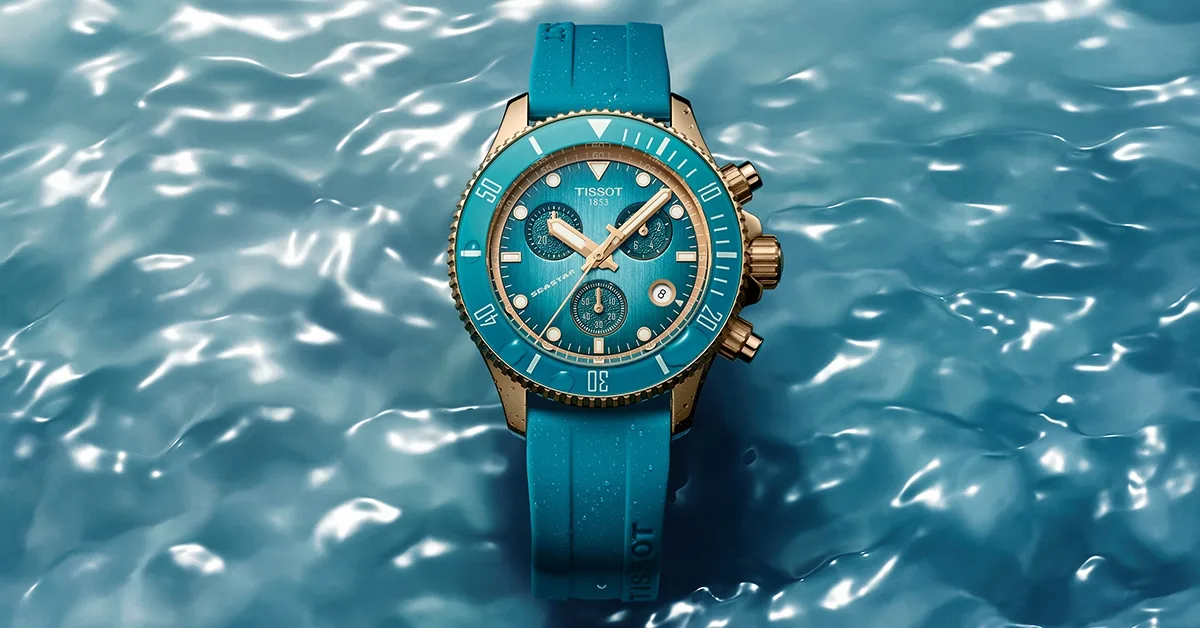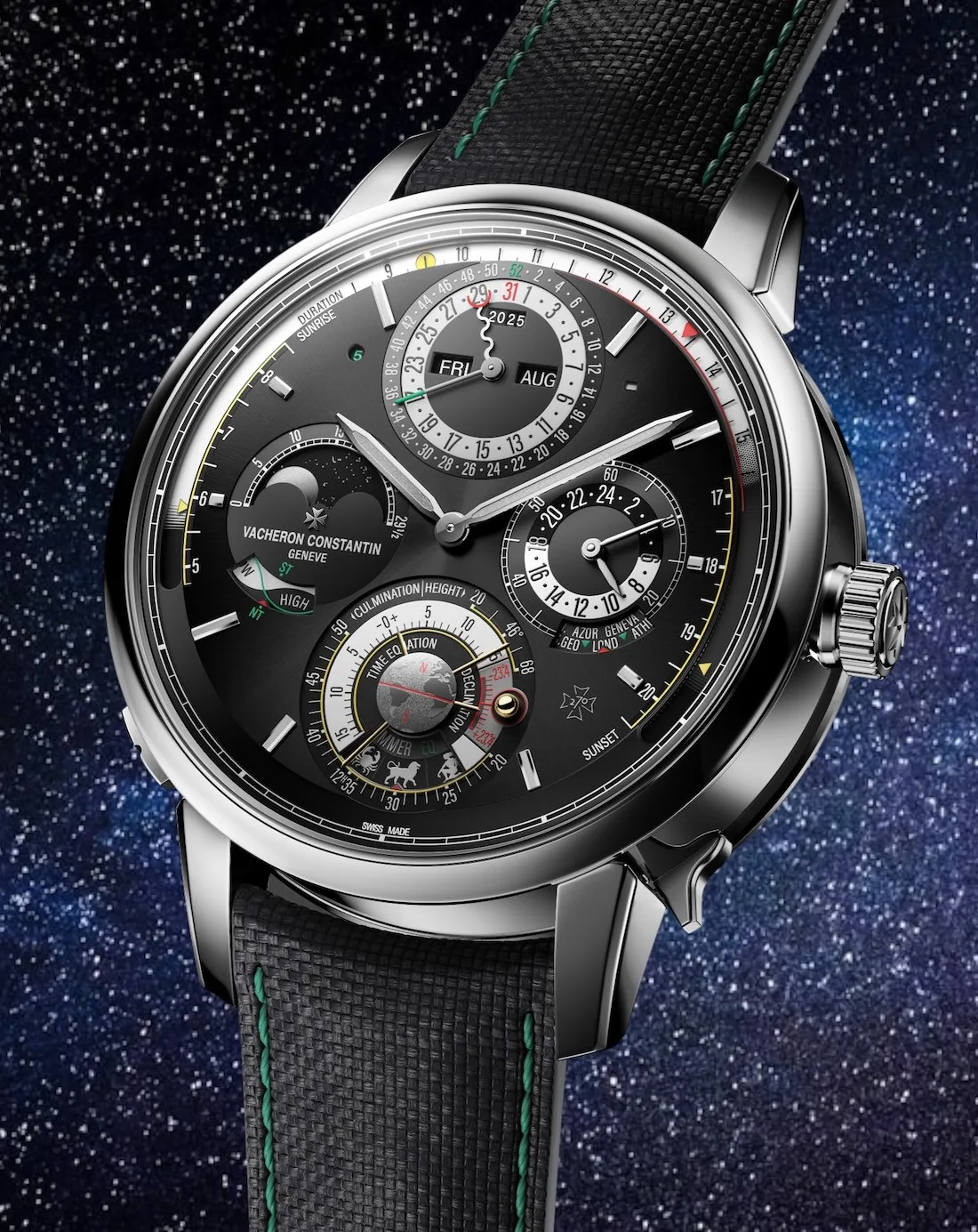Saatchi Gallery. London.
Until 3rd May 2020
Commemorating the centenary of the discovery that captivated the world, this exhibition brings us the largest collection of King Tutankhamun’s treasures ever to travel out of Egypt, a total of 150 original artefacts from the boy king’s tomb, of which 60 had never left Egypt before.
Visitors can discover the legend of the golden king before the historic treasures return to Cairo to be permanently housed with Tutankhamun’s full collection at the Grand Egyptian Museum, currently under construction in Giza. Once completed it will be a world-leading scientific, historical and archaeological study center that will cover approximately 3,000 years of ancient Egyptian history and house more than 100,000 artefacts.
The legend of Tutankhamun captured the world’s imagination when, in 1922, his tomb was unearthed by British explorer Howard Carter and financier Lord Carnarvon. A hundred years later, this is still the only Ancient Egyptian royal tomb ever found intact. World exhibitions in 1972 and 2007 drew record crowds. This time is no different, with London being the third of 10 cities to host the show, after record-setting stops in Los Angeles and Paris.

Treasures of the Golden Pharaoh explores the meaning of the items in the royal tomb and how lucky it was that we discovered it at all. Born in 1342 B.C., Tutankhamun ascended to the throne when he was only 9 years old, after the death of his father, Akhenaten. In his short reign, he restored Egypt’s old traditions by returning the capital city to Memphis, and re-opened the long neglected temples of the gods and goddesses of Ancient Egypt. The pharaohs that succeeded Tutankhamun nearly managed to erase him from the history books. Thank God for Carter’s perseverance!
The ancient Egyptians believed that death was also a rebirth. Through nine immersive galleries that incorporate digital content, contextual material, audio and custom soundscapes, visitors to this exhibition follow Tutankhamun on his journey to the afterlife in his quest for immortality, discovering how his funerary objects were used on the perilous journey to the underworld where the king joined Ra, the sun god and creator of the world, represented in this exhibition by a life-sized statue that once stood guard over his burial chamber.
As visitors explore Tutankhamun’s life, they become part of perpetuating the Pharaoh’s immortality: to speak his name is to make him live. Unlike past tours, this show is exclusively focused on interpreting the significance and meaning of the king’s burial items. Tutankhamun died shortly after an accident around 1326 B.C. An X-ray taken in 1968 revealed damage to his skull, which could have been caused by a fall, a blow to the head, or during mummification. More recent CT scans suggest the likely cause of death was infection from a fracture in his left leg. Dr Zahi Hawass, one of the world’s most famous archaelogists, thinks that before the end of 2020, they’ll know the exact cause of his death.

Dr Tarek El Awady, curator of the exhibition explained, “The Valley of the Kings, where the tomb of Tutankhamun was unearthed, was reserved as the sacred burial place for the kings of the New Kingdom. 61 tombs had been found in the Valley before the discovery of Tutankhamun’s tomb (kv62). Few artefacts had been recovered from the royal tombs in the valley, and the only tomb recovered almost intact before Tutankhamun’s, the tomb of Yuyia and Tuyu, was not a royal burial.
From the treasure of Tutankhamun, less than 2000 objects out of the 5,000 found were on display in the Egyptian Museum and the rest of the treasure was stored, due to the lack of the space in the museum. Therefore, a new home for Tutankhamun’s treasure will be inaugurated in the year 2020, the Grand Egyptian Museum, which will host and display all of the treasure of Tutankhamun for the first time.”
As Dr Hawass said, “Each item had a specific purpose for the pharaoh’s perilous journey to the afterlife.” Tutankhamun was certainly buried with some extraordinary burial furniture, but it was largely “borrowed”. Some of the most famous objects in his tomb were originally made for a Queen/Pharaoh, who reigned for a brief period between Amenhotep IV/Akhenaton and Tutankhamun. This Queen/Pharaoh was none other than Princess Merytaton, Tutankhamun’s elder sister. For some reason, she was not buried with the furniture of a king, but merely as a member of the royal family and these objects were thus reused for his brother’s burial. Furthermore, the smallness and unusual shape of Tutankhamun’s tomb in the Valley of the Kings suggests that it was not his. It may be assumed that a tomb of royal dimensions had been begun, but that it was unfinished when he died. It was therefore necessary to make use of a tomb that could be used and decorated rapidly, once part of the burial furniture was installed—as attested by the drops and splashes of yellow paint accidentally and hurriedly left by the necropolis artists on the gilt-wood external chapel.

The search to discover more treasures hidden under millennia of sand continues. Dr Hawass has high hopes for the near future: “I am excavating next to the tomb of Tutankhamun, I am searching for the tomb of Queen Nefertiti and Queen Ankhsenamun, the wife of Tutankhamun.
In addition, I started the Egyptian mummy project in April 2019, scanning 28 mummies to reveal their mysteries. Using modern DNA techniques, we are examining the two female queen mummies found in KV 21 because one of them, the headless one, might possibly be of Ankhsenamun due to preliminary studies. We also suspect that the other KV 21 mummy could be of Nefertiti.”
www.tutankhamun-london.com

















Show Comments +